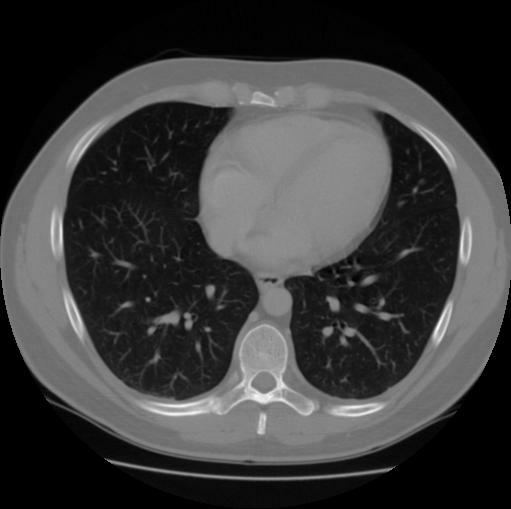On Monday I had a CT scan. If you haven’t already, every visualist should go for a ride in a computed tomography machine. It’s the best mix of futuristic medicine and video geekness I’ve ever encountered. As happens with most medical imaging these days, I came away with both a collection of printed films and a CD full of images. However, unlike previous scans and xrays which were generally disparate grainy stills of amorphous organs or bones, these prints showed hundreds of clear, consecutive slices through my body.

Yes, that’s my heart and lungs. I love technology so damn much.
Looking at the films I knew immediately that I should be able to use the frames to create an animation. Checking through the CD I found a folder of images named “CT000000”, “CT000001” etc. Some quick googling informed me that these are DICOM format files, which contain both patient information and imagery.
Anyone on Windows who works with images should know the fantastic, free image viewer/toolkit Irfanview – it’s the VLC of the still-image world! Irfanview has a plugin in its default bundle which allows it to read and operate on DICOM files, as long as they have a .DCM extension. Fortunately Irfanview’s batch functions feature both Rename and Convert, so I was able to quickly go from the aforementioned folders of consecutively named, extensionless files; to folders filled with consecutively named .BMPs, which any visualist will recognize as a Good Thing.
From there it was a quick hop to After Effects [tag on CDM], and I was able to scrub a timeline to look through my organs. Quite the definition of “freaky technology”. The human body is quite full of various blobs and tubes though (well mine is anyway), so instead of turning this into a blobby animation I spent some time colour correcting to isolate just the brightest points: My skeleton.
Inside The Jaymis: Skeleton Animation – Wide Time from Jaymis on Vimeo.
At 25FPS the animation only lasted 11 seconds, so I used After Effects’ time stretch and frame-blending (the “high quality” morphing type) to slow it down and stretch it out. This looks great for the most part, but some sections have quite obvious frame-morphing distortion going on. I also applied the “CC Wide Time” effect, which onionskinned 8 frames before and after. This gives a better feel of the 3D volume, as opposed to the “narrow time” version, which shows only one frame at a time. This is more accurate, but slightly harder to understand.
And yes, I do feel that my skeleton is epic enough to warrant Mogwai Fear Satan.
So I’ve had a great time with my small CT scan, enough to hope that I get sent in for another one soon so I can scam the technician into scanning my whole body. In the meantime, I’m sure there’s more which can be done with this imagery. Looking at the slices, it seems as though I should be able to turn them into a 3D model of my spine… Which I could get printed and give to my girlfriend as ear rings.
I’ve been looking around and haven’t been able to locate any tools which will convert flat slices in to 3D data. I’m sure that at least a couple of CDMsters have done so in the past though. Any suggestions? Would anyone like to send me their CT scan data so I can make a 3D model of their skull?
[Update: I’ve made a “Squishy Bits” version, with organs included, showing both the morphed version and the original frames.]